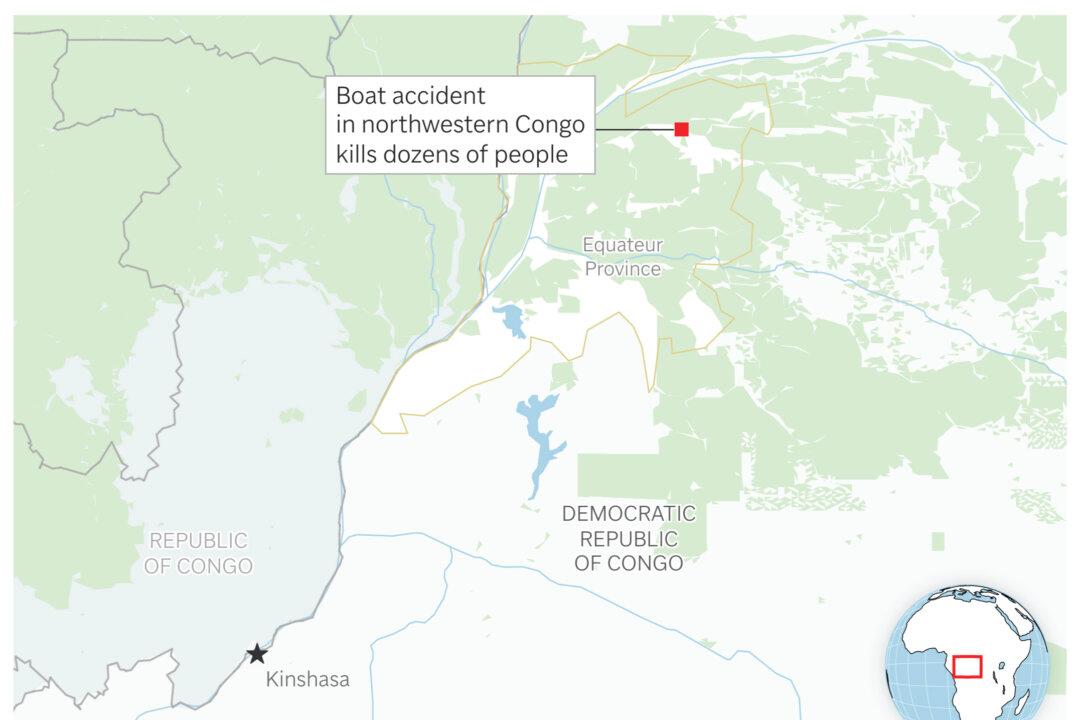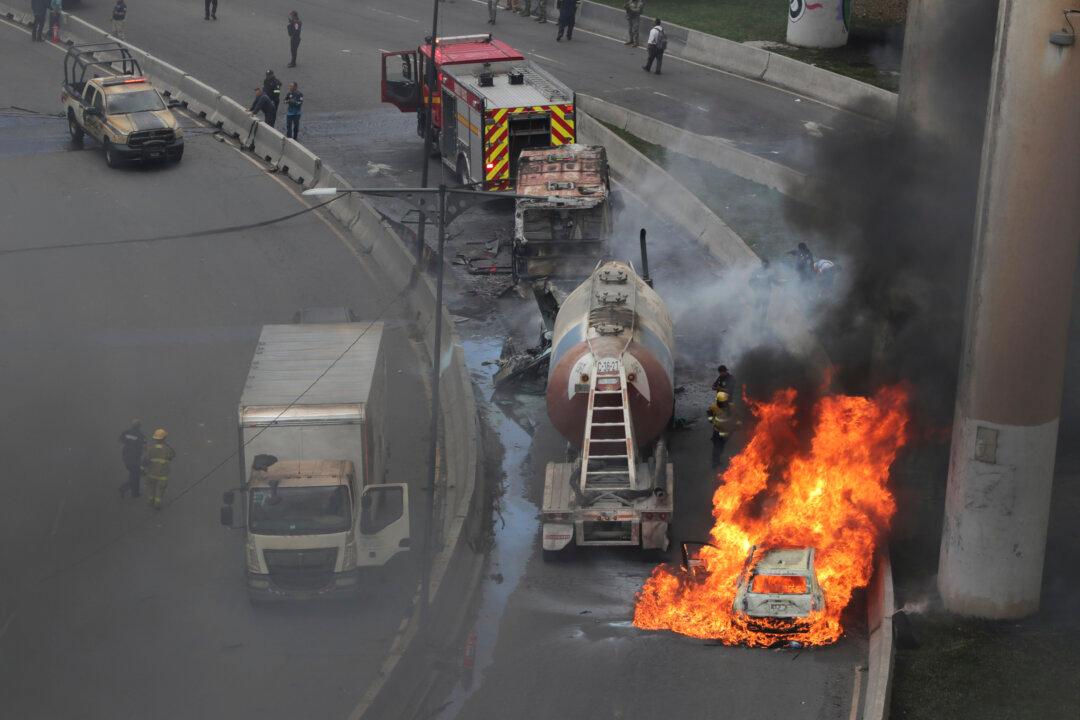DOS PALOS, Calif.—A canal that delivers vital water supplies from Northern California to Southern California is sinking in places. So are stretches of a riverbed undergoing historic restoration. On farms, well casings pop up like mushrooms as the ground around them drops.
Four years of drought and heavy reliance on pumping of groundwater have made the land sink faster than ever up and down the Central Valley, requiring repairs to infrastructure that experts say are costing billions of dollars.
This slow-motion land subsidence—more than 1 foot a year in some places—is not expected to stop anytime soon, experts say, nor will the expensive repairs.
“It’s shocking how a huge area is affected, but how little you can tell with your eye,” said James Borchers, a hydro-geologist, who studies subsidence and says careful monitoring is necessary to detect and address sinking before it can do major damage to costly infrastructure such as bridges and pipelines.
Land subsidence is largely the result of pumping water from the ground. As aquifers are depleted, the ground sags.






